Projects
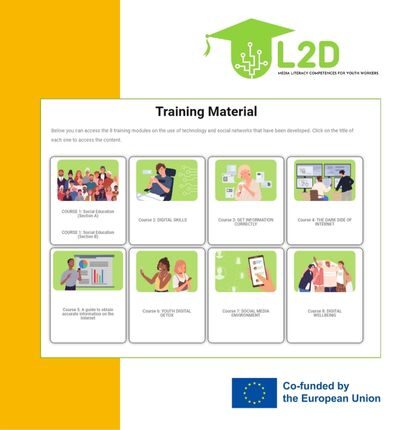
L2D Learn to Discern
The Learn to Discern (L2D) project is a project co-funded by the Erasmus+ Programme whose main objective is to develop these media literacy skills in young workers through non-formal training material.
View more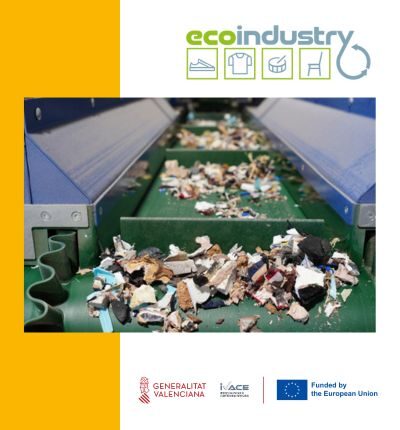
Alignment of representative sectors of the Valencian Community with the Circular Economy and Industrial Symbiosis – Eco-INDUSTRY
In the Circular Industry CV project, the first pilot plant was designed, built, and set up to process multicomposition residue from the footwear, toy, and textile sectors. The company is now committed to optimizing and expanding the scope of the plant by including the habitat sector.
View more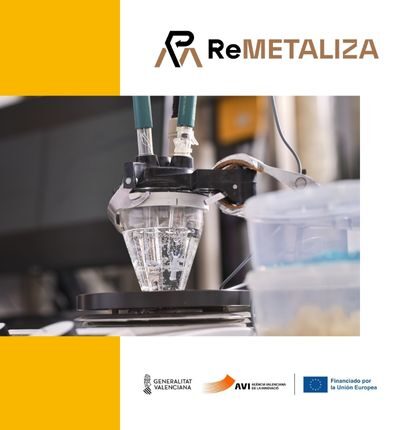
Industrial symbiosis between traditional sectors in the Valencian Community through recovery and valorisation of heavy metals – ReMETALIZA
Experimental development and analysis of synergies between five characteristic sectors of the Valencian Community (metal-mechanical, toy-plastic, textile, footwear, and ceramics) for the recovery of heavy metals (Cu, Cr, etc.) from waste with a high content of these two metals.
View more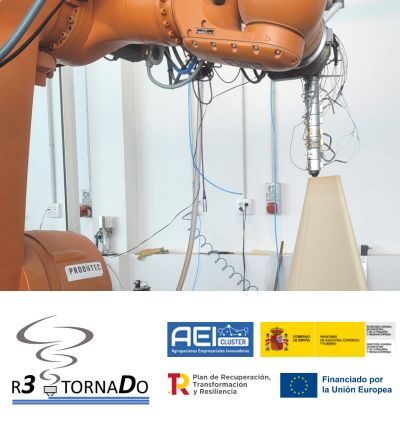
Research on recyclability of thermoplastic waste through large format 3D printing – R3Tornado
It is proposed to carry out a study on the recycling ecosystem of thermoplastic waste for its valorization, as feedstock, in advanced large-format 3D printing processes and high productivity.
View more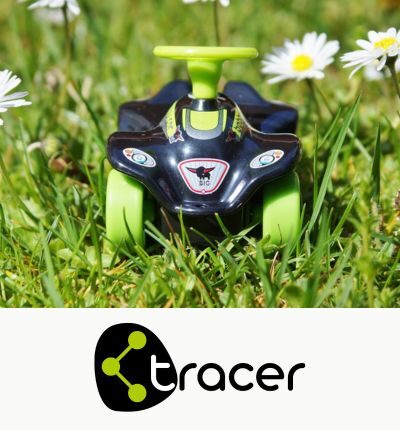
Applicability of the use of chemical markers for the discrimination of black coloured plastics during the recycling of children’s products- TRACER
A research project in which chemicals, called markers, are used in the development of new plastic formulations. Simultaneously, a tailor-made vision system is being developed to detect and read the presence of these markers in the sorting plant and, consequently, to facilitate their sorting for the recycling of black plastics.
View more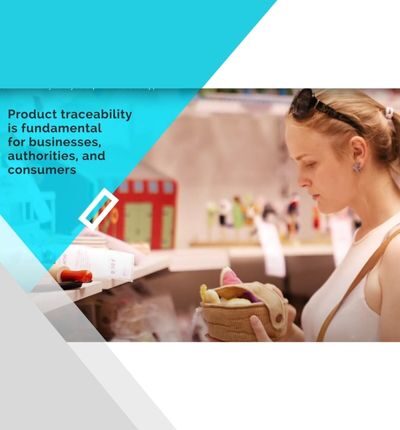
Chemical markers to improve traceability of children’s products as a solution to anti-counterfeiting – TRACE4FAKE
Is it possible to manufacture children's products using anti-counterfeiting materials, and is it possible to do so while avoiding any toxicological risk to the user?
The implementation of chemical markers in the materials used for the manufacture of the children's product allows a product to be traced quickly and economically, through photoluminescent properties, among others, which can be modulated according to the specific needs of each company and/or product.
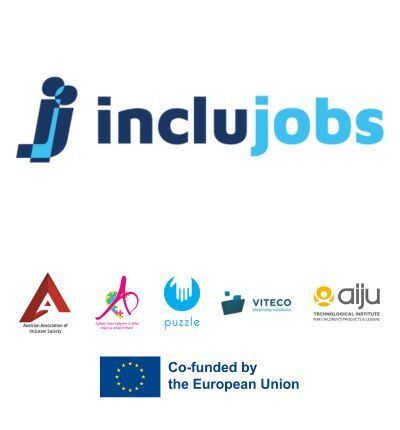
Holistic Learning for Job Inclusion of People with Intellectual Disabilities – INCLUJOBS
Through the INCLUJOB project, AIJU and four organizations from Austria, Greece and Italy, are going to work togehter to tackle the large employment gap that exists among people with intellectual disabilities; promoting the employability of this group through the development of training material for the three main actors involved: support entities for people with intellectual disabilities, the business sector and the group of people with intellectual disabilities itself.
View more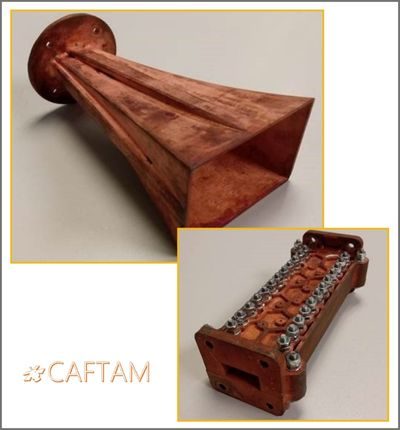
Development of high-frequency communications devices using advanced additive manufacturing and coating technologies – CAFTAM
Current radio communication systems are dealing with the progressive saturation of the electromagnetic spectrum which, together with increasing bandwidth requirements (transmission speeds), is forcing systems to migrate to higher frequency bands.
View more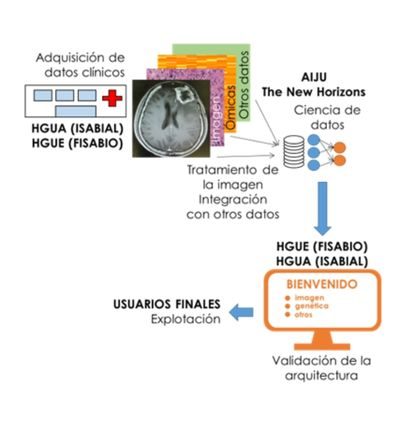
Intelligent platform for precision medicine applied to brain tumors
The platform will allow the incorporation of clinical data from patients affected by primary brain tumors, and will also implement Artificial Intelligence (AI)-based algorithms for their analysis.
View more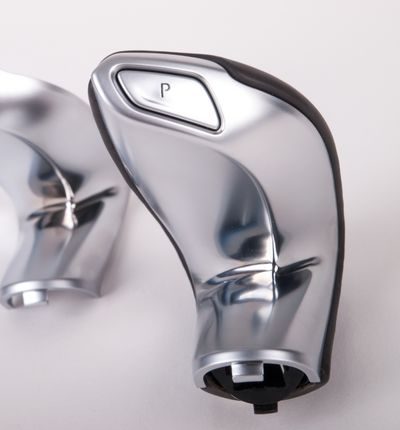
Industrial research of new clean etching solutions free of hazardous waste generation – METNET
A study is carried out to find new technological solutions for coating plastic surfaces with a metallic material, avoiding the use of dangerous chemical substances
View more